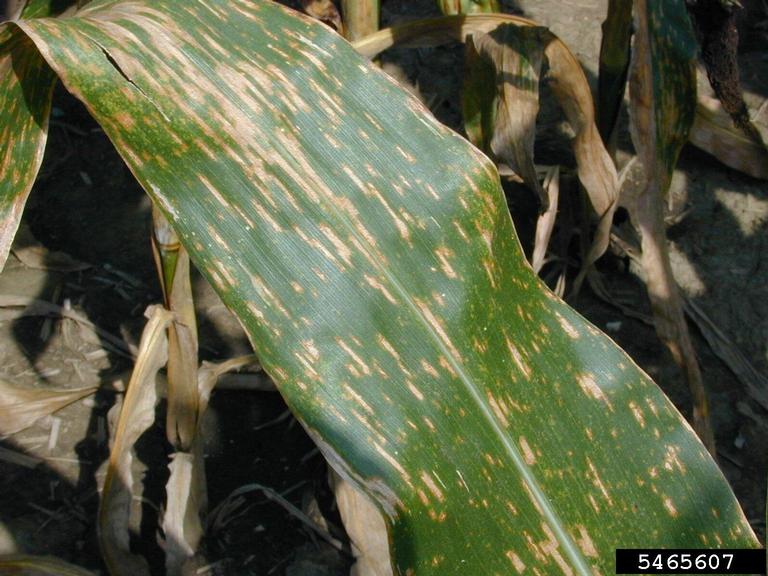July 16, 2019

Late planting is only one factor that affects final yield. In a season dominated by uncontrollable weather, there are other considerations to help farmers get the most out of remaining yield potential.
A late spring stacks up stress for the rest of the season. It will be a race against the clock to obtain enough growing degree units (GDUs) before harvest.
“We really need heat and sunshine,” said Melissa Bell, Illinois Mycogen Seeds commercial agronomist. “We had a lot of cloudy and cool days in June, which is bad for a late-planted crop. Many farmers in this region are already starting preparations for drying corn in the event of a wet harvest.”
Here are three considerations to help farmers get the most out of their crops this fall.
Don’t skimp on your inputs plan. With a late spring, weeds got the upper hand. It’s been a tough season, but it’ll only get worse if crops are left competing with weeds for sunshine, water and nutrients.
“We can’t control the weather, but we can still manage our crops to protect remaining yield,” said Ryan Bell, Mycogen Seeds commercial agronomist in South Dakota. “We should be the best stewards we can be by fertilizing the crop and continuing to apply full rates and multiple modes of action to control weeds. Be mindful of pesticide labels, specifically calendar dates to stay within or growth stages that late planting may impact. If you weren’t able to plant a row crop, you’ll find cover crops are the best option to keep prevented plant acres from growing into weeds.”
Watch stalk quality. Stalk quality correlates with nitrogen and other disease factors. With excessive rainfall, some nitrogen may have been lost to leaching and denitrification from the soil, which may result in stalk quality issues. Depending on application timing, soil type and how much rain you’ve received, losses could be significant. Scouting for deficiency symptoms is key.
Keeping foliar disease at bay will also keep stalk strength up. Look for diseases such as gray leaf spot, southern rust and tar spot. Use a foliar fungicide application to keep corn plants healthy.
Be prepared for a premature frost before drydown. Temperatures need to be at or below 32 F for a few hours to cause frost damage. The closer corn is to maturity at the time of a frost, the less damage there will be. A premature frost could have a severe impact on quality and test weights.
“If your crop matures in August and you get some sunny, windy days, you can lose around 1 point of moisture per day,” Melissa Bell said. “But as you get into late September, that can slow to 0.5 point per day. By October, drying usually declines from 0.5 to 0.25%, and we don’t tend to see any drydown in November.”
Source: Mycogen seeds
The source is solely responsible for the information provided and is wholly owned by the source. Informa Business Media and all its subsidiaries are not responsible for any of the content contained in this information asset.
You May Also Like




